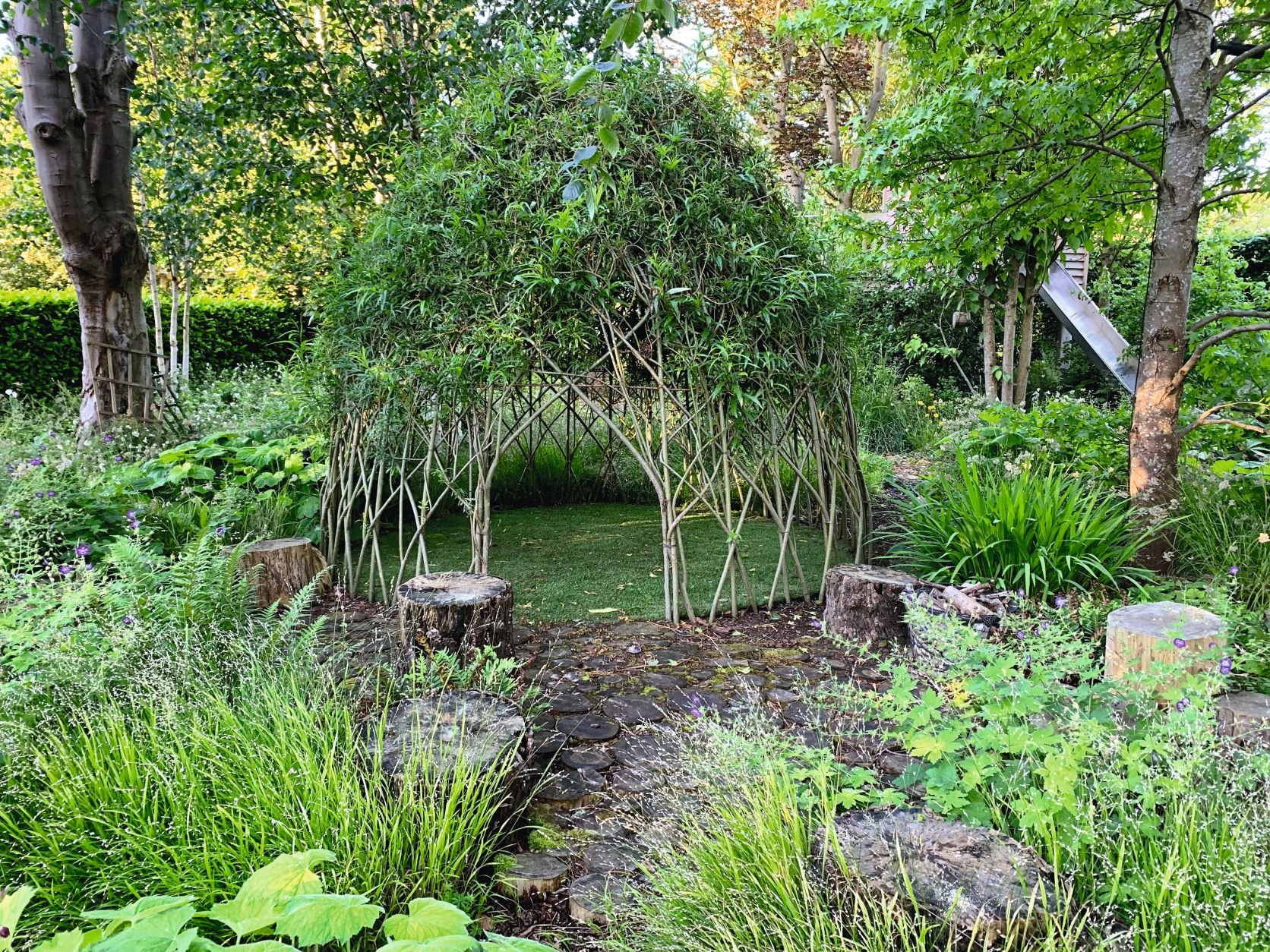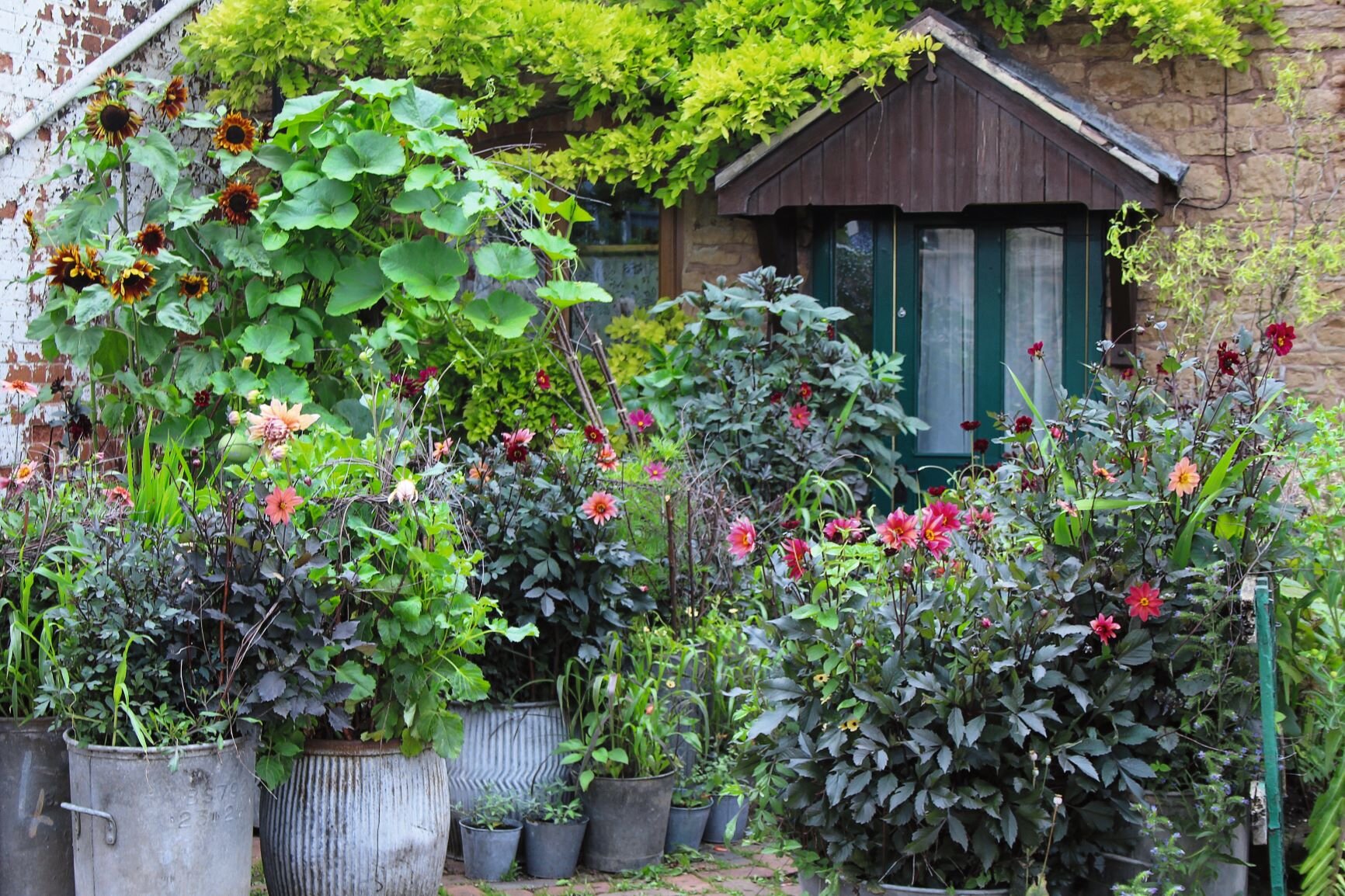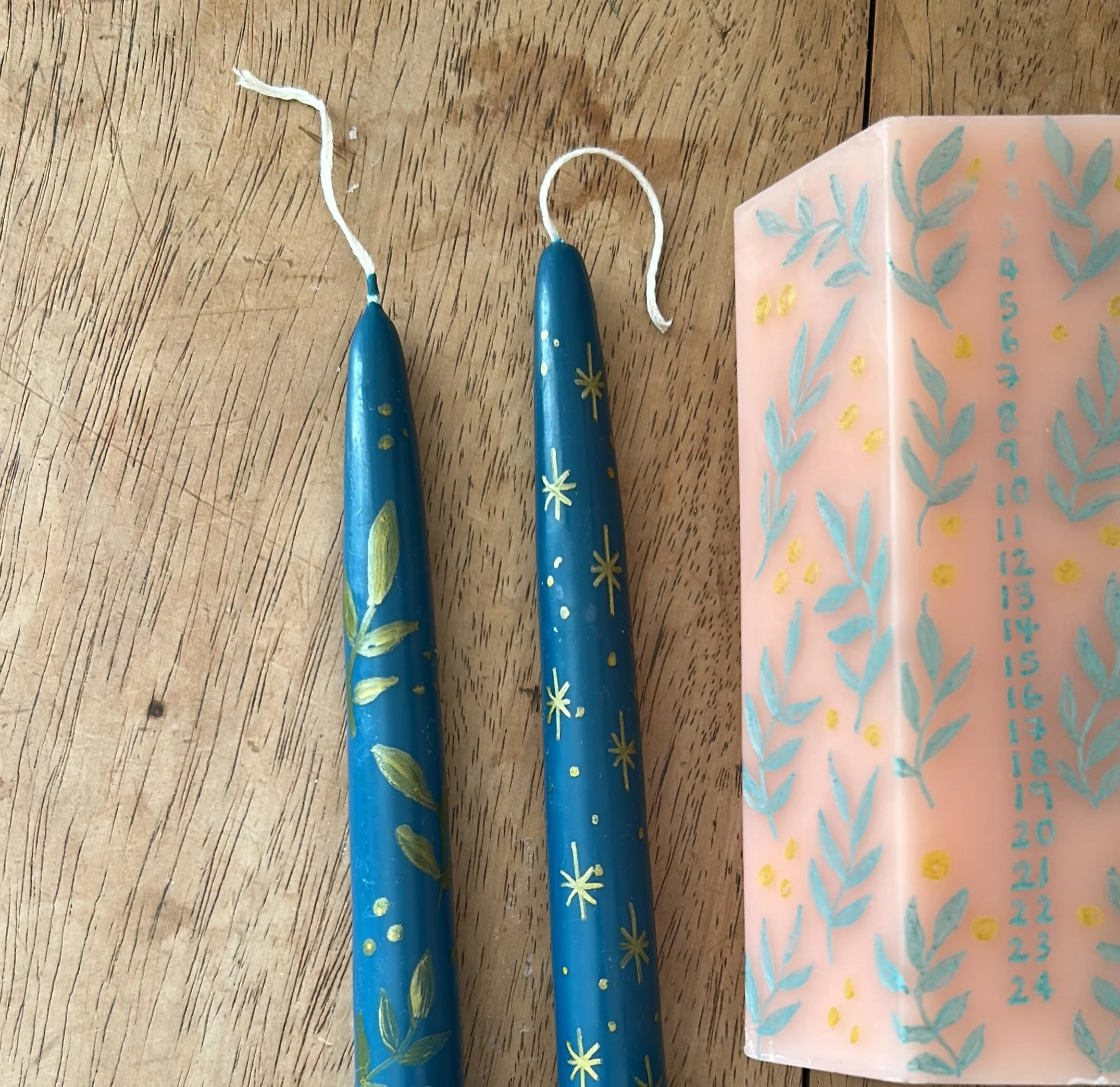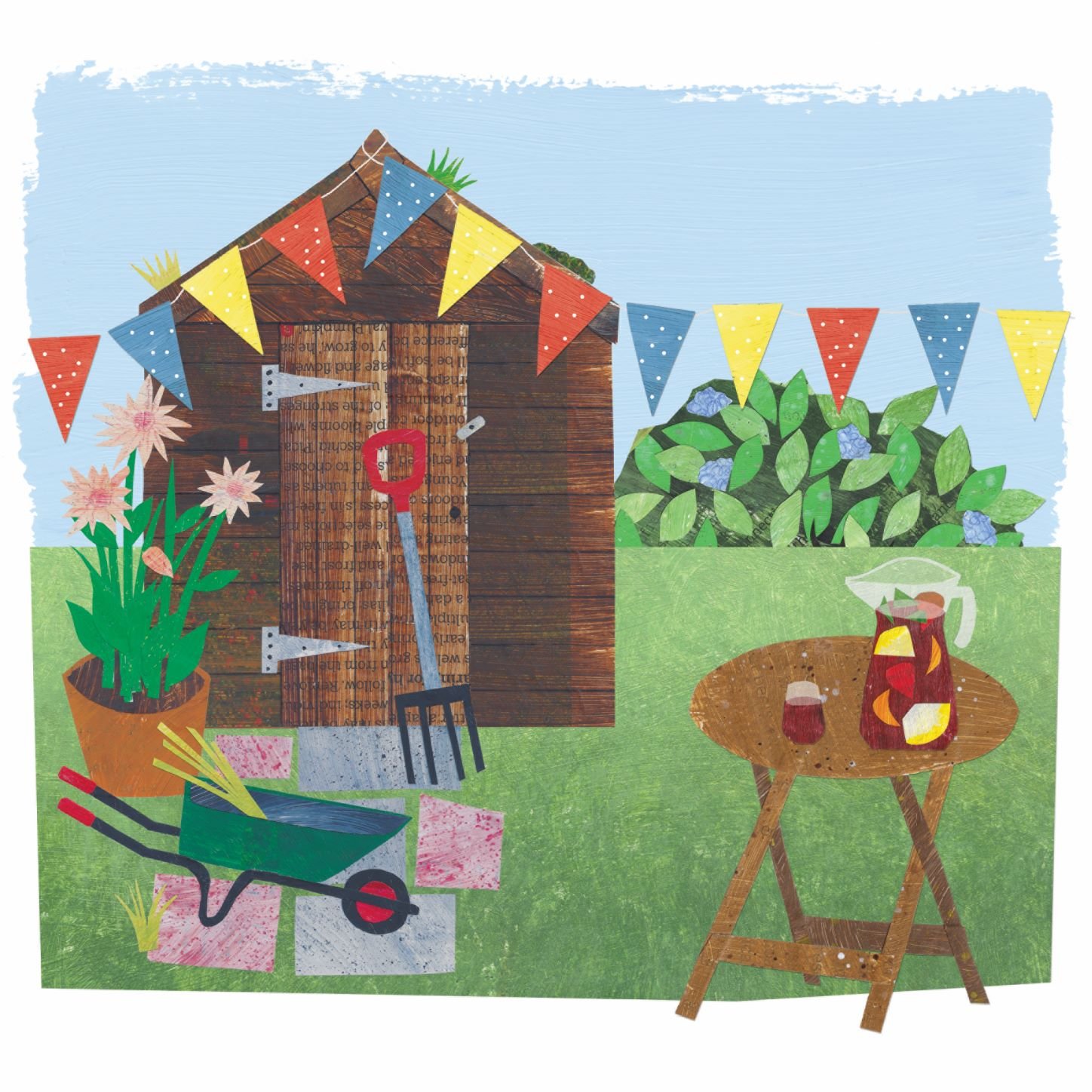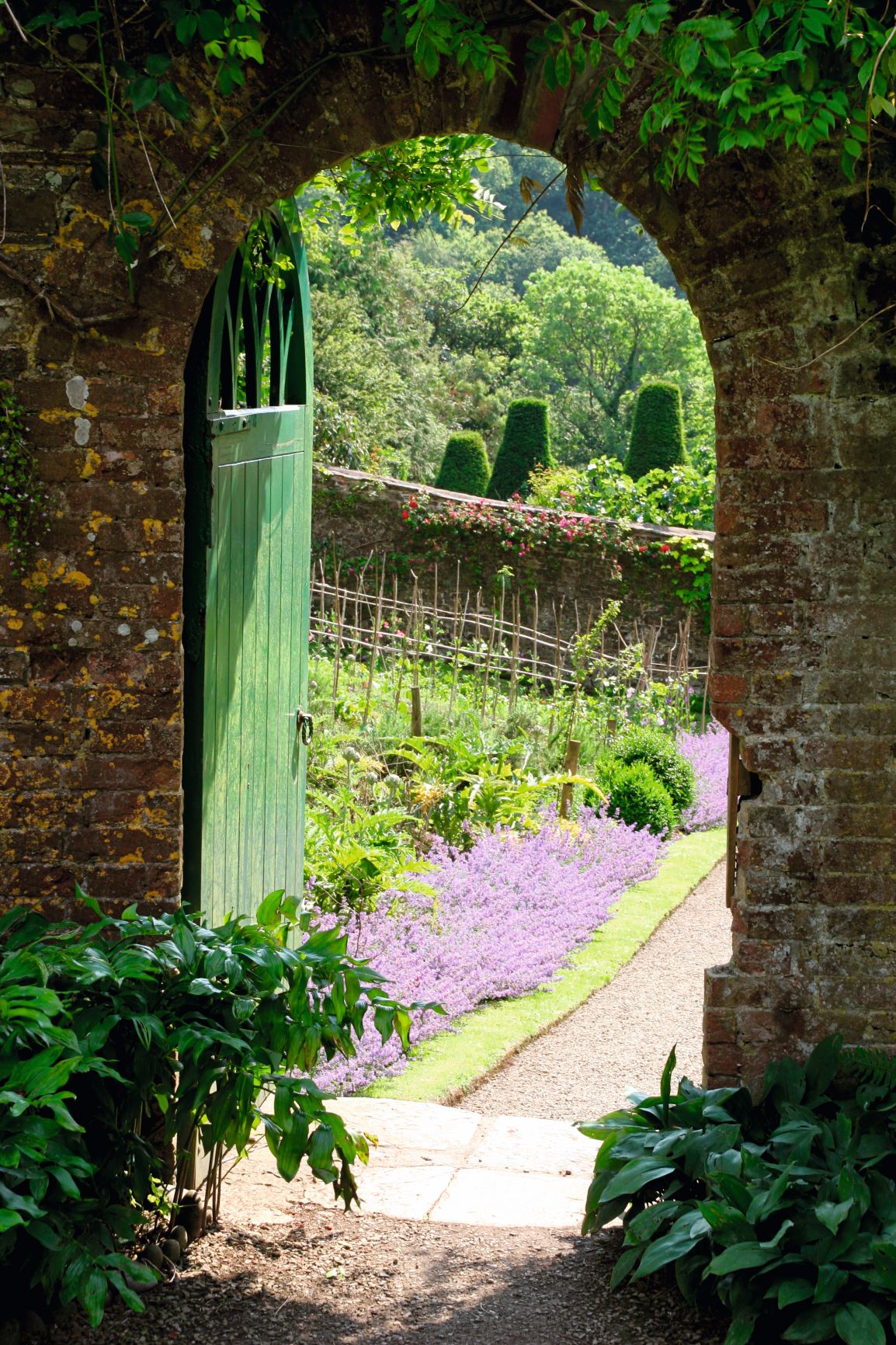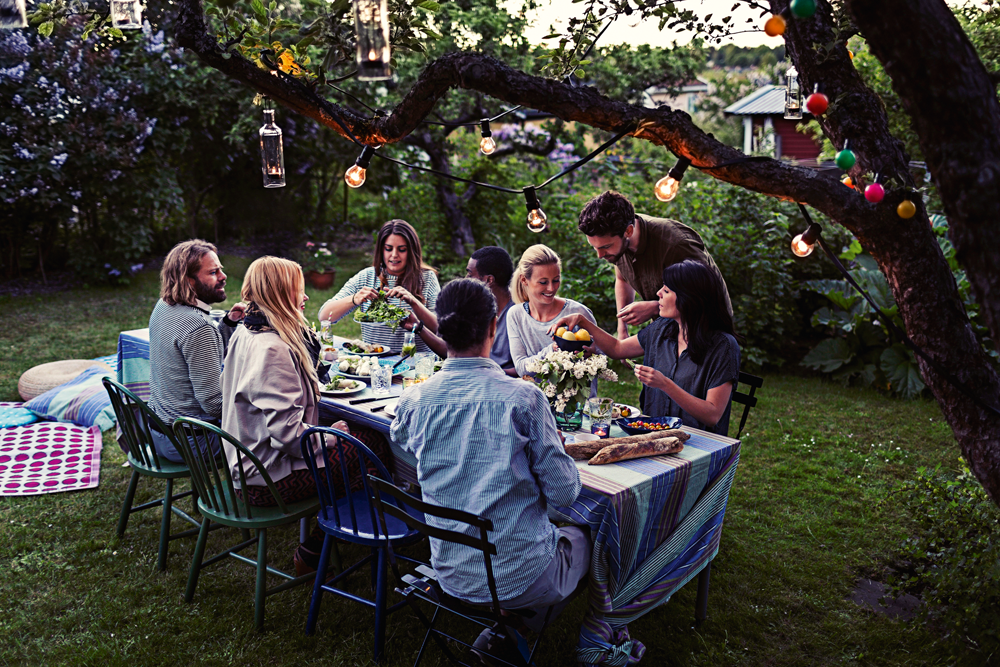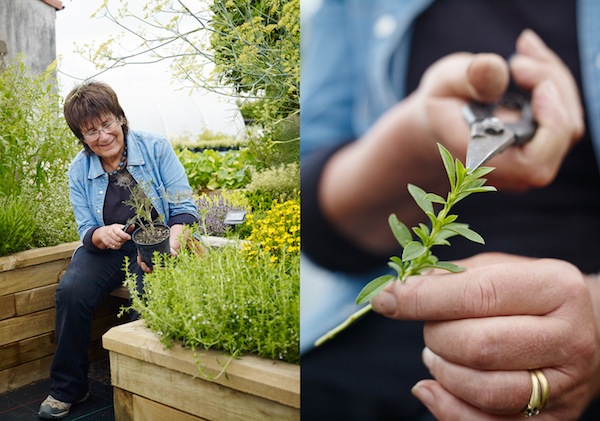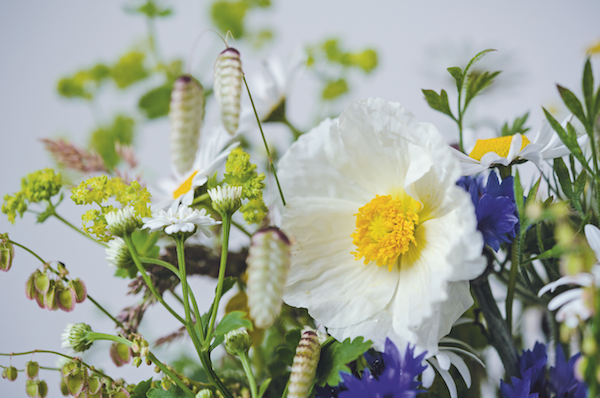Don’t miss a new exhibition, Where the Wild Things Grow at Oxford House in London’s Bethnal Green. It’s part of the Chelsea Fringe Festival - the boho, earthy cousin of the more high-brow RHS Chelsea Flower Show, and promises to be a fascinating take on the natural world we often overlook - if we see it all.
Where the Wild Things Grow
Photographer, Paul Debois; gardener, TV presenter and author, Alys Fowler; and photographer and artist, Lynn Keddie, were collectively inspired to document nature’s canny persistence to send out green shoots in the most unlikely places. Their exhibition aims to record ‘the ordinary everyday weed, or wildling, and asks us to take notice of the botany, history and geography of our pavements, building edges, bridges and step cracks.

Our garden editor Cinead McTernan had 5 minutes to talk with Paul Debois about the show.
What made you first notice the wild things in our cities?
I frequently walk around towns and cities photographing urban landscapes. As a garden photographer, I often saw escapees - cultivated plants that were making a bid for freedom! I started recording them at first, just as notes. But it soon started to evolve into the project you see today. The first shots I actually took were in towns in Spain, but I soon started to find wildlings in London too.
What's the most unusual wildling you discovered growing?
I found a fig growing in one of the crane buckets outside Battersea Power Station. It's difficult to see at first. I thought it was a bizarre contrast.
When does a wildling become a thing of beauty and a subject for an image as opposed to being 'just a weed growing in the wrong place'
It's possible a wildling is never a thing of beauty in a traditional sense. It's the location and tenacity of a plant combined becoming a point of fascination. It could be a nuisance weed, it could be a classic garden flower. No garden manual would recommend planting in such locations. They would class you as mad for even thinking about it. The appearance of a 'wildling' is nature saying it's quite happy without us interfering. It's the event.
How did you, Alys and Lynne come together to create this Chelsea Fringe exhibition?
I was talking to Lynn about developing a joint exhibition of paintings and photographs. Soon after, I made a short video with Alys, called 'Commuterland', which was accompanied by an essay. Alys made references to Wildlings. The collaboration developed and grew from this.
Will you be touring the exhibition for non-Londoners?
We haven't considered touring yet, as we're so busy preparing for the Chelsea Fringe event. But we would definitely consider a new location if you have ideas in Bristol.
...........
It sounds an excitingly interactive show too - you can listen to Aly’s commentary about the exhibition as well as book on a walk around the neighbourhood with either Paul, Alys or Lynn, to learn about the journey any wildlings took to get to their final destination.
The trio will also be talking to guests and answering questions in the gallery from 6.30pm on 24th May.
Don’t miss the chance to enjoy delicious food in the pop-up restaurant hosted by Clarke and Lee - you’ll need to book ahead.
Finally, if you have little ones, why not get them to take part in the photo competition to snap a wild thing in a surprising place. Prizes will be presented on Thursday 22nd May at 4pm.
Images: Paul Debois (bicycle); Alys Fowler (mushrooms)





